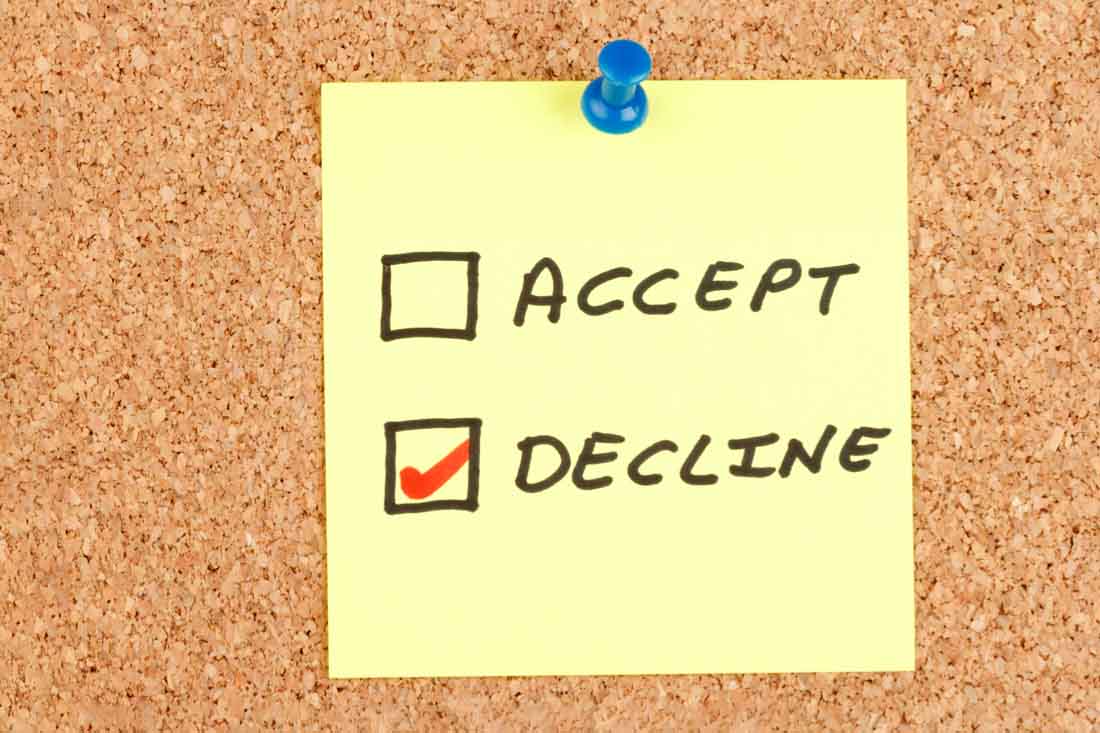Unnecessary meetings can drain employee productivity and morale. They consume valuable time and resources, many times without any results to show. To improve productivity in the workplace, organizations need to identify and eliminate non-essential meetings.
Learn more about the impact of unnecessary meetings, how to identify them and the strategies to reduce them in your organization. We’ll also give you tips on how to hold effective meetings and how to use data to know if those meetings are effective.
The impact of unnecessary meetings
Excessive meetings can impact your organization with hidden costs you may not be aware of. Not only will your employees waste time in the meeting itself but they’ll also waste time preparing for the meeting. Plus, you have to allocate resources like office space, virtual conference technology and others. Finally, when employees feel their time is wasted in meetings, they may have lower morale and productivity.
Even remote workers can feel the burden of too many meetings. Zoom fatigue – the very real psychological effect of having to appear in video meetings – can take a toll on productivity and mental health, too.
Some statistics about unnecessary meetings should make you think about reducing the number of meetings you invite employees to attend:
- 47% of employees say meetings are the biggest waste of their time at work according to Salary.com
- 15% of company time is spent in meetings, according to Bain & Company, but only half of those meetings are necessary
- 70% of meetings keep employees from completing their regular work according to Otter.ai
- 65% of senior managers said meetings kept them from doing their own work according to the Harvard Business Review
- It can take over 23 minutes for an employee to be able to focus on their work after being interrupted by a meeting according to the University of California
Types of unnecessary meetings
Many types of meetings aren’t necessary and may drain your employees’ productivity. These meetings can be labeled as:
1. Meetings everyone has to attend
Yes, all-hands meetings can help get everyone on the same page and ensure company goals and updates are communicated to everyone. However, they tend to be exceptionally long and may not include information that’s relevant to everyone. Even if employees work while the meeting covers information not relevant to them, they may be distracted and work at a lower productivity level than if they didn’t attend.
2. Recurring check-ins
It’s important for managers and supervisors to check in with their staff members regularly to ensure that objectives are met. However, if these meetings are unproductive, they can take an employee away from their work and add more stress to their workday. This can even be true if the standing meetings are canceled at the last minute when the manager realizes they’re unnecessary, as an employee may still prepare for the meeting and waste time.
3. Meetings with no clear purpose
Sometimes meetings get scheduled without a clear goal or structure in mind, and these can waste time for everyone involved. For example, a manager may call for a quick team huddle to discuss a project. However, with no agenda or goal for the meeting — it may just turn into people sharing status updates or talking through random aspects not relevant to everyone in the meeting. As a result, the meeting may end without any clear next steps or what was covered may have been better suited for a time-saving email.
4. Pre-meeting syncs
Nothing says “unnecessary” like a meeting before a meeting. There are exceptions such as a practice run before a major presentation. In general, if it doesn’t belong on the agenda for the meeting, perhaps it should be an email.
Signs of unnecessary meetings
Identifying unnecessary meetings is the first step in how to reduce them. While some meetings are necessary for working together, decision-making and creating a collaborative work culture, others can be avoided altogether. Here’s a few telltale signs your employees are attending unnecessary meetings:
- Lack of participation: If employees are zoned out and not paying attention, or if several employees decline meetings, this is a sure sign there are too many.
- Meetings that run shorter than planned: Meetings that run much shorter than planned may be better suited for email. If you find there are many meetings that run short, it may be because employees are meeting too often and there aren’t many updates between calls.
- Meetings that run longer than planned: If meetings frequently run over the allotted time, it could indicate employees are meeting too often with some members and not enough with others.
- Low employee morale: Employees often complain unnecessary meetings are their number one waste of time at work, so low morale could indicate they’re burned out by excessive meetings.
- Missed deadlines: Productivity and timeliness can suffer when employees have to attend meetings rather than do their actual work.
- Overbooked calendars: If you have a hard time scheduling a time to talk to someone, or employees aren’t taking their breaks or scheduled time off, this may be a sign they have too many meetings.
7 strategies to reduce unnecessary meetings
If the signs above sound familiar, it’s time to take action. Here are some ways you can reduce unnecessary meetings.
1. Start with a clear policy
Set a policy on meetings and hold team members to the rules. For instance, all-hands or company-wide meetings should occur no more than once a quarter unless there’s an emergency. Managers should know how often to set one-on-one meetings with their employees to ensure they’re on the same page. You may also want to set time limits, such as stating meetings should last no longer than 15 minutes to give employees time to work on other items. Team members who call meetings should also be required to provide a clear agenda and only include colleagues who need to be in the meeting.
2. Hold meeting-free days or times
Schedule time on the company calendar when no meetings are called. This could be Thursday afternoons or the entirety of Monday, for instance. This may change depending on your employees’ schedules and the organization’s overall workflow, but when employees know they’ll have time they can focus and not be required to jump on a call, they can plan their schedule accordingly.
3. Track the amount of time people spend on meetings
Time-tracking tools like ActivTrak help you see how much time people spend on meetings and whether or not those meetings affect productivity. Having this kind of data can help you make more informed decisions on when to set meetings, how many meetings to have and whether some meetings should be done away with altogether.
4. Encourage employees to block work time on their calendars
If employees have a project requiring concentration, they should feel free to schedule work time on their calendar to keep others from disturbing them. This is great to help employees with their daily or weekly time management, as well. They should be empowered to block their most productive hours off, leaving them the time they need to concentrate when they know they’ll work best.
5. Use alternative forms of communication
Technology like instant messaging and email can help stem the tide of meetings. Make sure team members are equipped with the right tools to collaborate and communicate asynchronously. Meaning — they don’t have to meet on a call or in the office to get a project done. Project management software can also give employees a place to post status updates without having to actively distract other colleagues.
6. Encourage employees to decline meetings
If an employee is invited to a meeting without a clear agenda or onethey don’t feel they should be part of, encourage them to politely decline. They can also decline meetings when they have more pressing work to do or when it could distract them from the task at hand.
7. Cancel unnecessary meetings
Once you have the data on which meetings aren’t serving your organization, you can cancel them. This is especially true of recurring meetings that run too short or where large numbers of employees have to be present. Managers should also ask employees for feedback on any meetings they think are unnecessary and think about if there are ways to make meetings less wasteful. For example, if you have an employee who frequently joins a weekly meeting that runs an hour, but only 15 minutes of it is relevant to the employee — it may be worth restructuring the meeting so the employee only has to join in the portion that’s relevant to them.
Tips for efficient and effective meetings
While reducing unnecessary meetings can help, increasing the effectiveness of necessary meetings is equally important. Here are some tips to help you hold effective meetings:
- Set an agenda with clear action items
- Only invite necessary attendees
- Keep meetings focused
- Consider inviting employees to part of the meeting that’s relevant to them, and allow them to skip the rest
- Use chat or email to follow-up
- Know what days work best for your organization and only schedule meetings then (for instance, Tuesday afternoons)
Reduce unnecessary meetings with ActivTrak
If you’re trying to figure out which meetings you can cut out of your employees’ calendars, ActivTrak’s workforce management solution can provide insights with real data to help you decide. Use the time-tracking tool to see how employees spend their time, including in meetings, and how that impacts their productivity. Make informed decisions on when and how often to hold meetings based on employee schedules and productivity trends. Take employees out of meetings they don’t need to be in or get rid of unnecessary meetings altogether.
Schedule a demo to see how ActivTrak can help you cut down on unnecessary meetings today.





